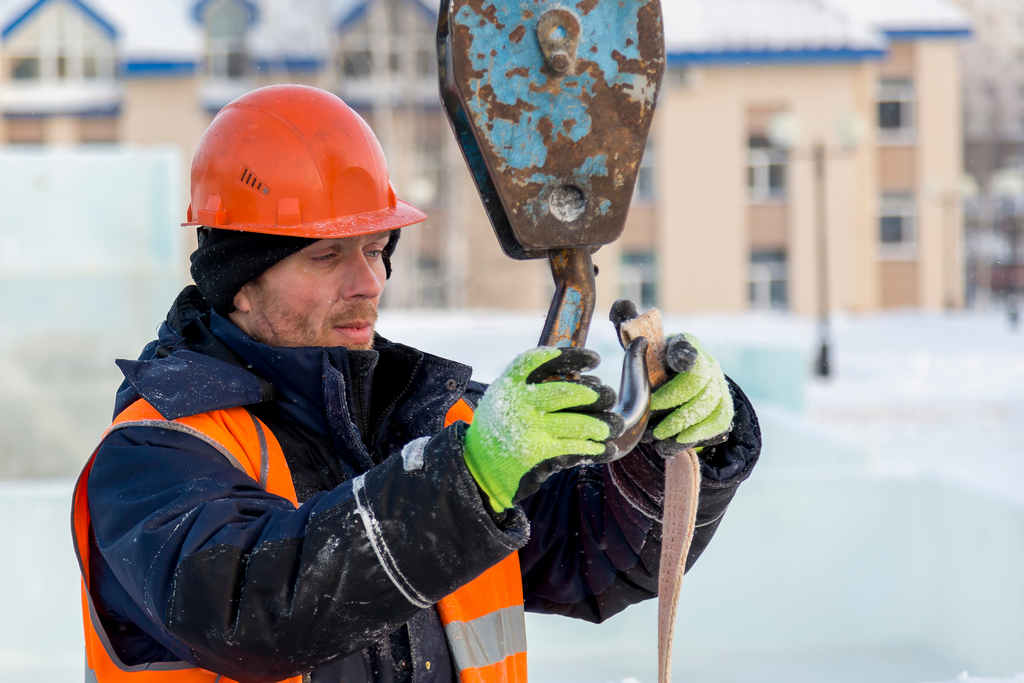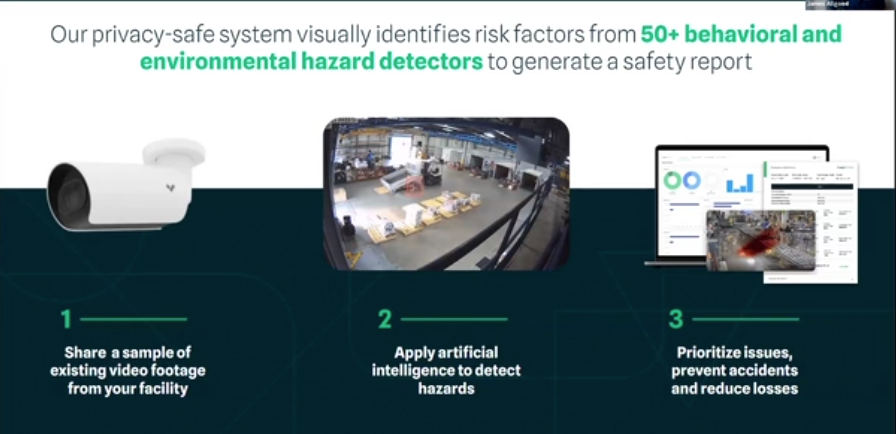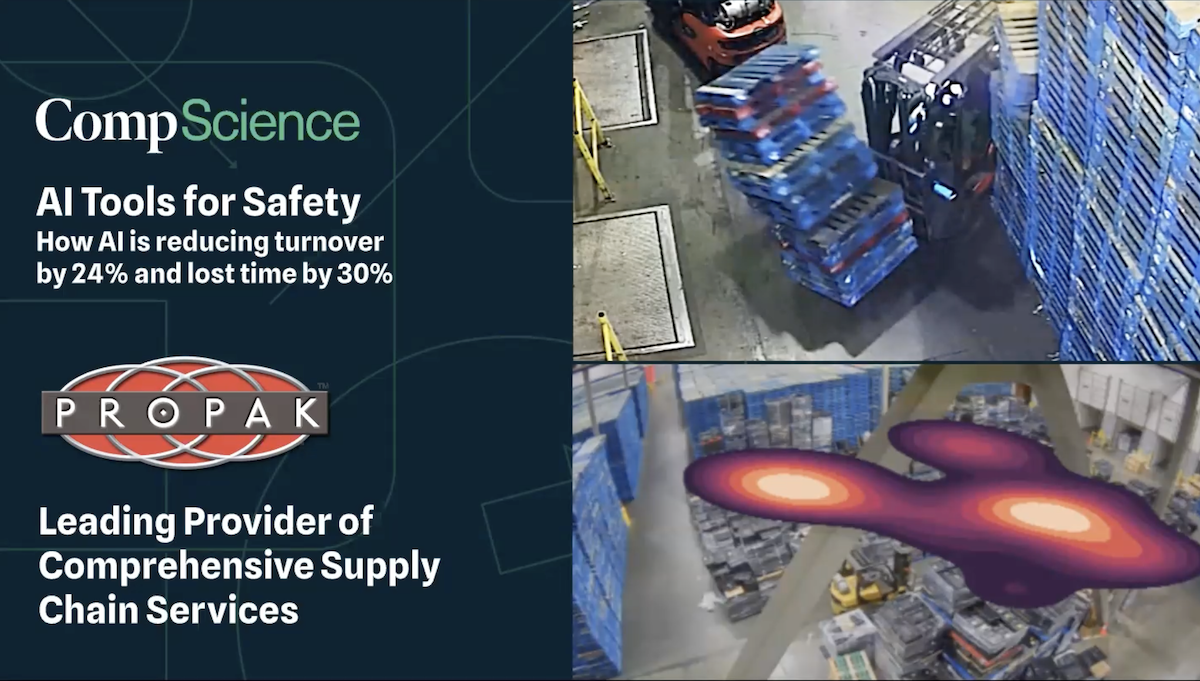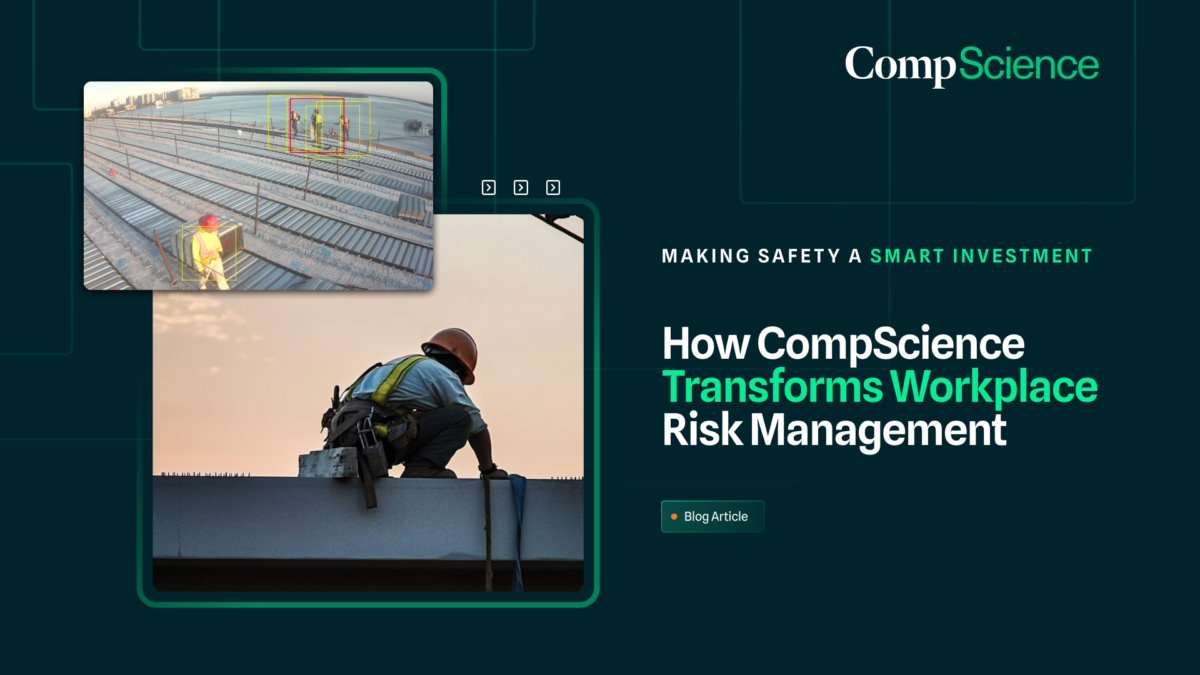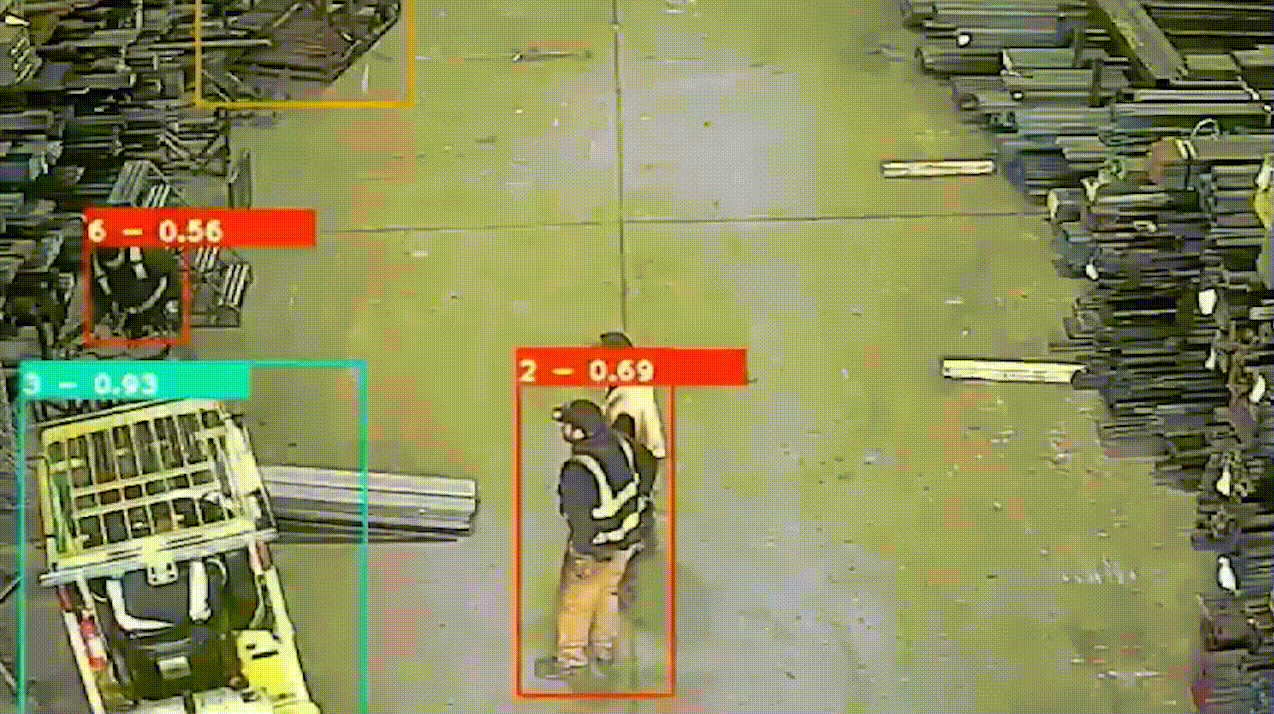Top Manufacturing Hazards to Watch Out For
Manufacturing environments are bustling with activity, machinery, and materials, making them ripe for potential hazards. Awareness and prevention are key to maintaining a safe workplace. Here’s a listicle of the top manufacturing hazards to watch out for:
1. Machine Guarding Absence
Many manufacturing injuries are due to improper or absent machine guarding. Without adequate guarding, workers are exposed to moving parts, leading to crush injuries, amputations, or worse.
2. Chemical Exposures
Manufacturing often involves the use of hazardous chemicals. Exposure to these substances without proper protective measures can lead to burns, respiratory issues, and long-term health problems.
3. Noise Pollution
Prolonged exposure to high levels of noise can result in temporary or permanent hearing loss. It’s essential to implement hearing conservation programs and provide personal protective equipment (PPE) to mitigate this risk.
4. Respiratory Hazards
Dust, fumes, and vapors in the manufacturing process can pose significant respiratory hazards. Ensuring proper ventilation and respiratory protection is crucial to prevent lung diseases and breathing problems.
5. Ergonomic Strain
Repetitive tasks, heavy lifting, and awkward postures can lead to musculoskeletal disorders, including back injuries and carpal tunnel syndrome. Ergonomic assessments and interventions can help reduce these risks.
6. Electrical Hazards
Faulty wiring, improper use of electrical equipment, and exposure to live parts can result in electric shocks, burns, or even electrocution. Regular electrical safety checks and training are necessary.
7. Fire and Explosions
Flammable materials and gases can create fire and explosion hazards. Proper storage, handling procedures, and emergency response plans are vital to prevent catastrophic incidents.
8. Slips, Trips, and Falls
Wet floors, cluttered walkways, and uneven surfaces can lead to slips, trips, and falls. Keeping areas clean, dry, and well-organized can significantly reduce these accidents.
9. Forklift Accidents
Forklifts are essential in moving materials but can be dangerous if not operated safely. Collisions, overturns, and pedestrian strikes are common hazards associated with forklift use.
10. Confined Spaces
Working in confined spaces without proper safety measures can lead to suffocation, toxic exposure, or entrapment. Implementing a confined space program with strict entry and rescue procedures is essential.
Conclusion
Identifying and mitigating these hazards through training, safety equipment, and a culture of safety can significantly reduce the risk of injuries and illnesses in manufacturing environments. Employers and employees must work together to ensure a safe and productive workplace.

